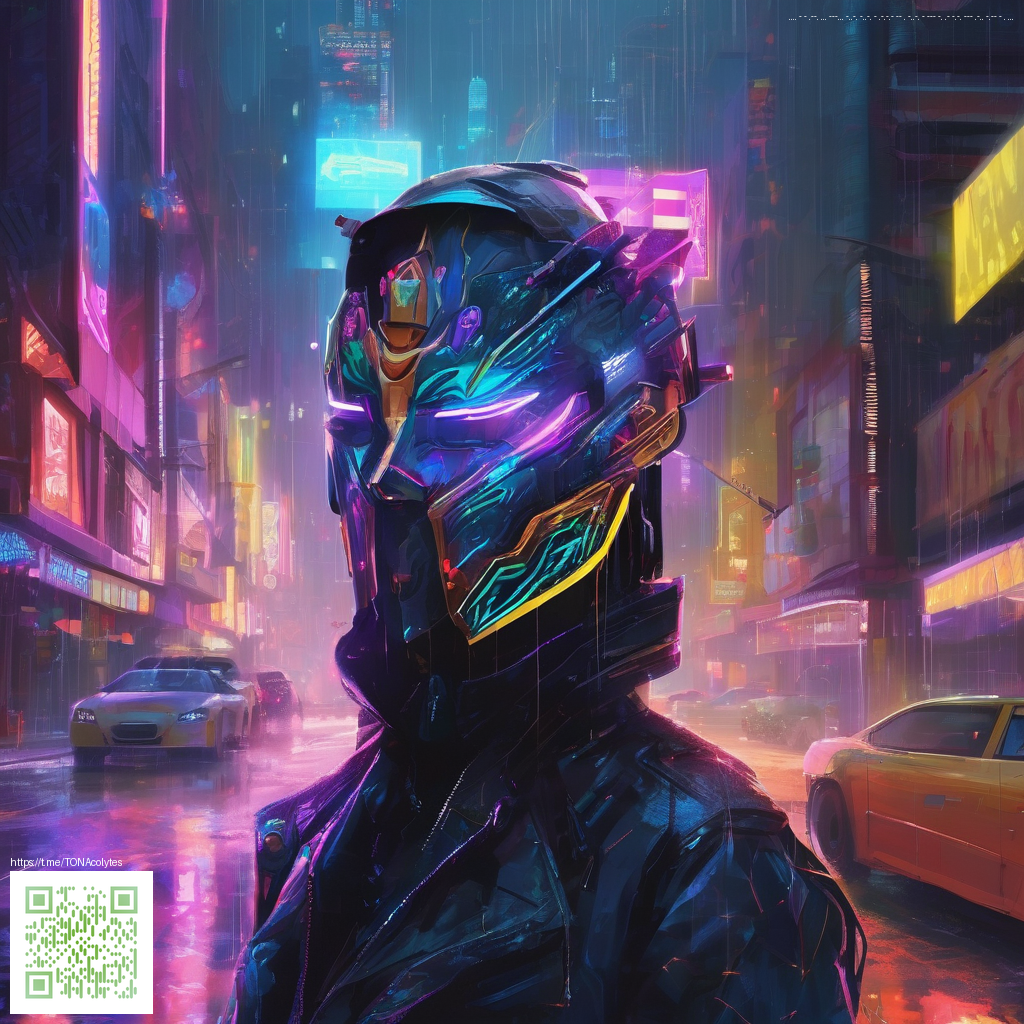
Prey Cosplay Highlights in Armor and Iconic Arsenal
Since its 2017 release from Arkane Studios and Bethesda Softworks fans have been crafting impressive tributes to the science fiction shooter. The attention to texture and silhouette invites makers to translate digital design into tangible forms. Across conventions and online galleries you can feel the thrill of seeing light reflections on foam plates echo the game art and bring Morgan Yu to life on the floor.
The centerpiece of many builds is the jumpsuit silhouette paired with modular armor elements. Cosplayers chase the balance between faithful replica and wearable practicality. The result is costumes that move well in crowds while still reading as a faithful nod to the source material. When people look closer the layering of plates, the weathered edges, and the subtle strap work tell a story about field gear and improvisation under pressure.
Armor shaping that stands out
Craft foam remains a favorite for the core armor because it is forgiving and forgiving is essential for long event days. Builders often reinforce foam with craft foam trims to sharpen edges and create the impression of plating. Weathering is a powerful tool here; a mix of airbrushing and dry brushing adds depth that catches stage lights and room glow in a convincing way. The look has an undeniable tactile appeal that photography loves to capture.
Color choices lean toward industrial tones with desaturated browns and slate grays plus subtle accent colors. The goal is to evoke a worn but functional suit rather than a glossy showpiece. When done well the armor communicates readiness for both exploration and problem solving in a way that fans recognize instantly.
Weapons and props that define the vibe
Beyond the armor the prop community holds up a small arsenal of favorites. The Gloo Cannon is an instant classic because its shape is compact and its gameplay significance is striking. Builders print or sculpt the main body with resin and affix foam layers to achieve the chunky look while keeping the prop light enough for everyday wear. LEDs and sound modules are popular add ons to simulate firing and vent activity which makes photos pop.
Other props that appear in cosplay galleries include the laser cutter and disruptor style pistols. Crafting these pieces often involves a mix of PVC piping, EVA foam, and tuned paint layers to mimic the metallic sheen seen in game art. The attention to edge curvature and the way light interacts with rounded surfaces helps these props read clearly in photos and at a distance alike.
Community voices celebrate the shared learning that happens when builders swap templates and testing notes. The collaborative energy keeps new makers inspired and helps seasoned cosplayers push their craft further every season.
Modding culture fuels the rise of accessible tutorials and open source templates. Makers post step by step guides showing foam shaping technique, paint recipes, and the best glues for long lasting builds. Local maker spaces and group builds are common places for people to practice sanding, shaping, and weathering with feedback from peers. The overall effect is a thriving ecosystem that lowers the barrier to entering a hobby once seen as purely professional fabrication.
Developer vibes and community updates
Arkane Studios nurtures a distinctive artistic direction that invites reinterpretation while maintaining core identity. Although official cosplay content is limited, the community keeps the spirit alive by focusing on practical fidelity and mobility. Fresh cosplay projects often surface in tandem with fan art and in game discussion threads that celebrate the creative process behind each build.
Updates to the broader Prey community scene come from new fan projects and the ongoing exchange of ideas. As conventions evolve and new gear becomes accessible the cosplay conversation expands to include toolkit recommendations, improved weathering techniques, and new material options. This ongoing dialogue helps keep the scene inclusive and dynamic for both newcomers and veterans.
For fans who want to support creators and keep the momentum going a small contribution goes a long way. Your support helps fund more guides, printable files, and meetups that bring people together through shared craft. Consider joining the decentralized maker network and exploring new ways to celebrate your favorite titles 💠